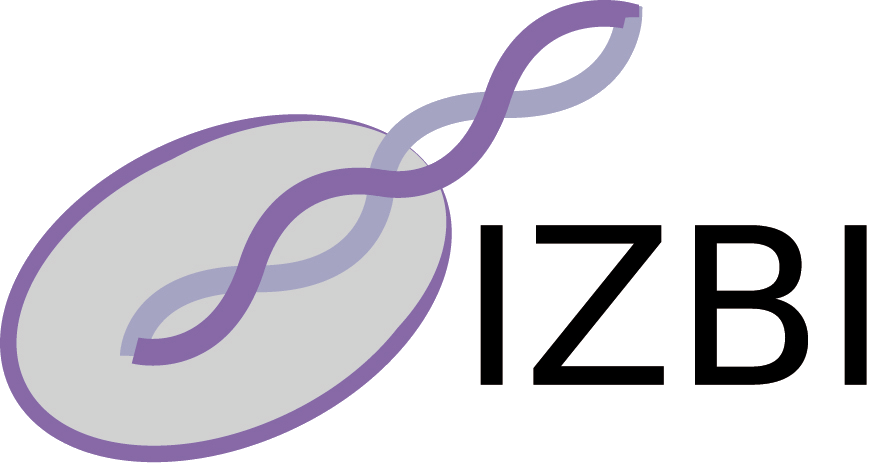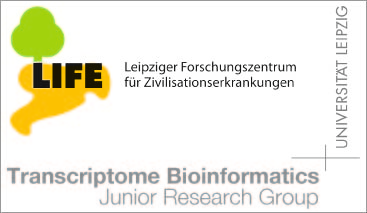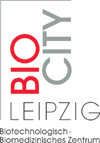Proseminar SS07
First meeting: 9.7.07- 10.15-11.00 Uhr Julian Jöris
- 11.00-11.45 Uhr Mandy Fuchs Handout, Folien
- 12.00-12.45 Uhr Jakob Mühmel Handout, Folien
- 14.30-15.15 Uhr Lydia Steiner Handout, Folien
- 15.15-16.00 Uhr Marcus Lechner, Handout, Folien
- 16.15-17.00 Uhr Michael Siebauer, PDF
- 10.15-11.00 Uhr Andrej Aderhold Handout, Folien
- 11.00-11.45 Uhr Christoph Theunert, Handout, Folien
- 12.00-12.45 Uhr Sebastian Bartschat Handout, Folien
- 14.30-15.15 Uhr Christian Otto, Handout, Folien
- 15.15-16.00 Uhr Christian Arnold, Handout, Folien
Proseminars at our group

Beabsichtigen Sie einen Vortrag im Rahmen eines Problemseminars zu halten, so melden Sie dies bitte vorher unverbindlich an: Anmeldeformular für Problemseminare
Vortragszeit: 30 min + anschliessende Diskussion

If you plan to give a talk as a proseminar, please register first: Registration-Form Proseminars
Length of talk: 30 min + discussion afterwards
Registered proseminars for the current semester
Proseminars given in past semesters
Mandy Fuchs, 09.07.2007, Sommersemester 2007
Structural Alignment of Two RNA Sequences with Lagrangian Relaxation
RNA is generally a single-stranded molecule where the bases form hydrogen bonds within the same molecule leading to structure formation. In comparing different homologous RNA molecules it is usually not sufficient to consider only the primary sequence, but it is important to consider both the sequence and the structure of the molecules. Traditional alignment algorithms can only account for the sequence of bases, but not for the base pairings. Considering the structure leads to significant computational problems because of the dependencies introduced by the base pairings and the presence of pseudoknots. In this paper we address the problem of optimally aligning two given RNA sequences either with or without known structure (allowing for pseudoknots). We phrase the problem as an integer linear program and then solve it using Lagrangian relaxation. In our computational experiments we could align large problem instances—18S and 23S ribosomal RNA with up to 1500 bases within minutes while preserving pseudoknots.
Andrej Aderhold, Sommersemester 2007
Inference of miRNA targets using evolutionary conservation and pathway analysis
BACKGROUND: MicroRNAs have emerged as important regulatory genes in a variety of cellular processes and, in recent years, hundreds of such genes have been discovered in animals. In contrast, functional annotations are available only for a very small fraction of these miRNAs, and even in these cases only partially. RESULTS: We developed a general Bayesian method for the inference of miRNA target sites, in which, for each miRNA, we explicitly model the evolution of orthologous target sites in a set of related species. Using this method we predict target sites for all known miRNAs in flies, worms, fish, and mammals. By comparing our predictions in fly with a reference set of experimentally tested miRNA-mRNA interactions we show that our general method performs at least as well as the most accurate methods available to date, including ones specifically tailored for target prediction in fly. An important novel feature of our model is that it explicitly infers the phylogenetic distribution of functional target sites, independently for each miRNA. This allows us to infer species-specific and clade-specific miRNA targeting. We also show that, in long human 3
Sebastian Bartschat, Sommersemester 2007
Discovering structural motifs using a structural alphabet: Application to magnesium binding sites
http://www.biomedcentral.com/1471-2105/8/106
Lydia Steiner, Sommersemester 2007
Ontology development for biological systems: immunology
http://bioinformatics.oxfordjournals.org/cgi/reprint/23/7/913?maxtoshow=&HITS=80&hits=80&RESULTFORMAT=1&
title=gene%20ontology%20owl&andorexacttitle=or&titleabstract=gene%20ontology%20owl&andorexacttitleabs=or&
;fulltext=gene%20ontology%20owl&andorexactfulltext=or&searchid=1&FIRSTINDEX=0&sortspec=date&resource
type=HWCIT
Marcus Lechner, Sommersemester 2007
Understanding and using the meaning of statements in a bio-ontology
http://www.biomedcentral.com/content/pdf/1471-2105-8-57.pdf
Christian Arnold, Sommersemester 2007
BranchClust: a phylogenetic algorithm for selecting gene families
Background:
Automated methods for assembling families of orthologous genes include those based on sequence similarity scores and those based on phylogenetic approaches. The first are easy to automate but usually they do not distinguish between paralogs and orthologs or have restriction on the number of taxa. Phylogenetic methods often are based on reconciliation of a gene tree with a known rooted species tree; a limitation of this approach, especially in case of prokaryotes, is that the species tree is often unknown, and that from the analyses of single gene families the branching order between related organisms frequently is unresolved.
Results:
Here we describe an algorithm for the automated selection of orthologous genes that recognizes orthologous genes from different species in a phylogenetic tree for any number of taxa. The algorithm is capable of distinguishing complete (containing all taxa) and incomplete (not containing all taxa) families and recognizes in- and outparalogs. The BranchClust algorithm is implemented in Perl with the use of the BioPerl module for parsing trees and is freely available at http://bioinformatics.org/branchclust.
Conclusion:
BranchClust outperforms the Reciprocal Best Blast hit method in selecting more sets of putatively orthologous genes. In the test cases examined, the correctness of the selected families and of the identified in- and outparalogs was confirmed by inspection of the pertinent phylogenetic trees.
http://www.biomedcentral.com/1471-2105/8/120
Christian Otto, Sommersemester 2007
Comparing sequences without using alignments: application to HIV/SIV subtyping
http://www.biomedcentral.com/1471-2105/8/1/abstract
Michael Siebauer, Sommersemester 2007
Identifying bacterial genes and endosymbiont DNA with Glimmer
Die Autoren haben ein Modul (bzw. Ansatz gefunden) um bakterielle Gene aus dem Organismus Genom zu filtern. Es gibt wohl intrazellulär lebende Bakterien deren Genom beim Sequenzieren mit dem Wirtsgenom vermischt wird. Das OpenSource Programm "Glimmer" kann mittels trainierter Hidden-Markov-Modelle diese beiden Genome wieder trennen.
Bioinformatics 2007 23(6):673-679
doi:10.1093/bioinformatics/btm009
http://bioinformatics.oxfordjournals.org/cgi/content/full/23/6/673
doi:10.1093/bioinformatics/btm009
http://bioinformatics.oxfordjournals.org/cgi/content/full/23/6/673















